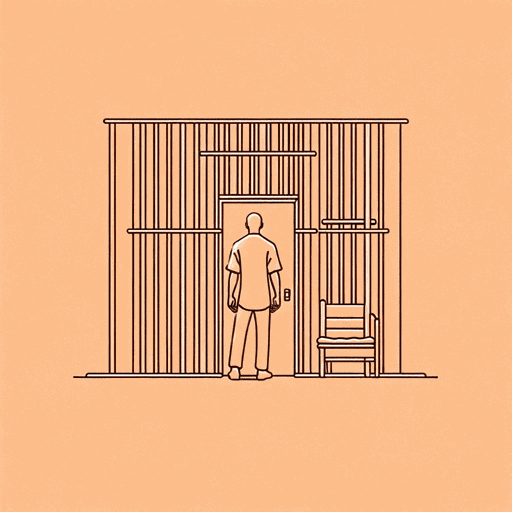30 pages • 1 hour read
Chimamanda Ngozi AdichieCell One
Fiction | Short Story | Adult | Published in 2007A modern alternative to SparkNotes and CliffsNotes, SuperSummary offers high-quality Study Guides with detailed chapter summaries and analysis of major themes, characters, and more.
Story Analysis
Analysis: “Cell One”
Content Warning: This section of the guide discusses police violence and gang violence.
At its core, “Cell One” is a story concerned with social cycles that generate and propagate systemic violence. Through the jaded eyes of her young narrator, Adichie reveals a tangled web of hurtful behavior amongst a cast of central characters who (unintentionally) victimize others as much as they are victims themselves. In the central figure of Nnamabia, Adichie offers insight into what breaking those cycles may look like on an individual level, even though the broad social injustices of the story remain unresolved in the end.
On the lowest level, individual characters engage in behaviors that result in social harm. The simplest example of this phenomenon is the introductory episode of the story, when Nnamabia’s self-centered decision to rob the family causes great distress for his mother. His copycat crime is the story’s introduction to The Dangers of the Bandwagon Effect, which motivates most of his behavior throughout “Cell One.” The narrator observes Nnamabia’s careful emulation of the boys in the neighborhood who steal for fun such as “Osita [who] was two years older than Nnamabia” (Paragraph 7).
Related Titles
By Chimamanda Ngozi Adichie

Americanah
Chimamanda Ngozi Adichie

Apollo
Chimamanda Ngozi Adichie

A Private Experience
Chimamanda Ngozi Adichie

Birdsong
Chimamanda Ngozi Adichie

Checking Out
Chimamanda Ngozi Adichie

Dear Ijeawele, or a Feminist Manifesto in Fifteen Suggestions
Chimamanda Ngozi Adichie

Half of a Yellow Sun
Chimamanda Ngozi Adichie

Purple Hibiscus
Chimamanda Ngozi Adichie

The Danger of a Single Story
Chimamanda Ngozi Adichie

The Headstrong Historian
Chimamanda Ngozi Adichie

The Thing Around Your Neck
Chimamanda Ngozi Adichie

We Should All Be Feminists
Chimamanda Ngozi Adichie

